

Home / Services
RepointingHarte- Stone & Brick are experienced in taking on the most complex of brickwork restoration projects. Our masons are experts, allowing us to restore all types of brickwork from cleaning brick facades to the restoration of intricate brickwork such arch’s and coursework.
FLUSH
Flush pointing is by far the most common type of pointing technique chosen by property owners across London. The mortar is pressed flush with the face of the wall, this results in creating a smooth and even surface on the brickwork making it suitable for more modern buildings with clean lines and contemporary designs. However unlike most other types of brick pointing, the Flush style is not designed to be water-resistant which means it is less durable.
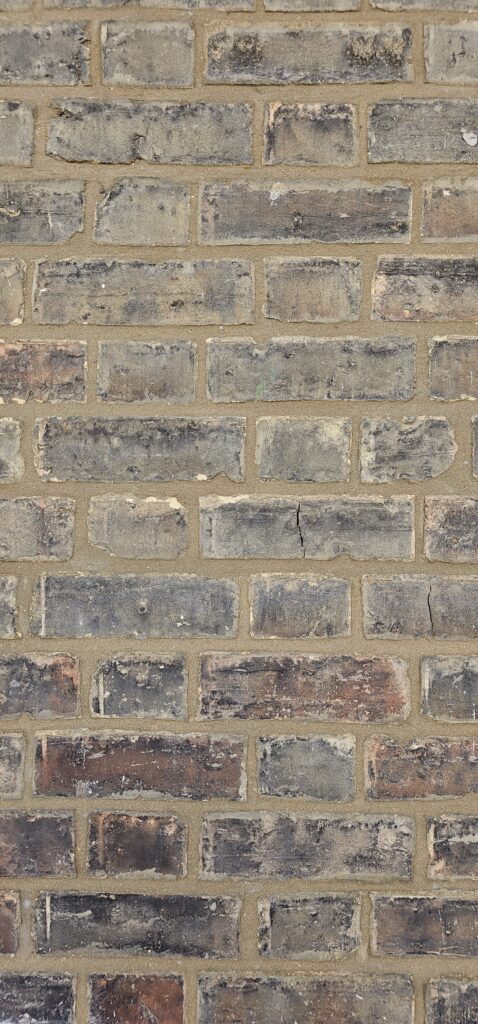
PENNY ROLL
With Penny Roll pointing the mortar is applied in the same way as flush pointing. The key difference is that while the mortar is still wet, an old penny is rolled along the centre of the brickwork joint guided by a rule creating a 2mm-3mm groove. This style of pointing can help to hide irregular brickwork and gives a much better cleaner and smarter appearance to the facade.
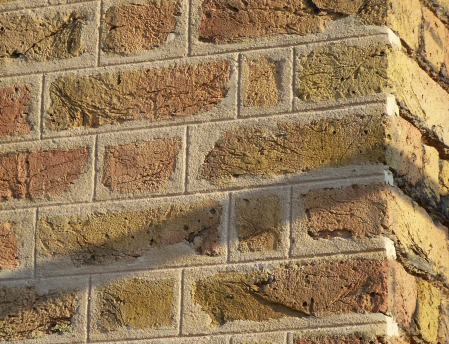
WEATHER STRUCK
Weather struck pointing is a type of pointing of a mortar joint that is created by pressing mortar into a joint of brickwork on an angle sloping downward from the brick above. The reason for this is to provide increased durability to the pointing via the slope so that in rainy conditions, rain water will roll off the facade instead of staying on the brickwork.
This type of joint is considered to be aesthetically pleasing and also the type of pointing that has the most durability, commonly used on older-styled buildings, as it can help to give the impression of age and character.
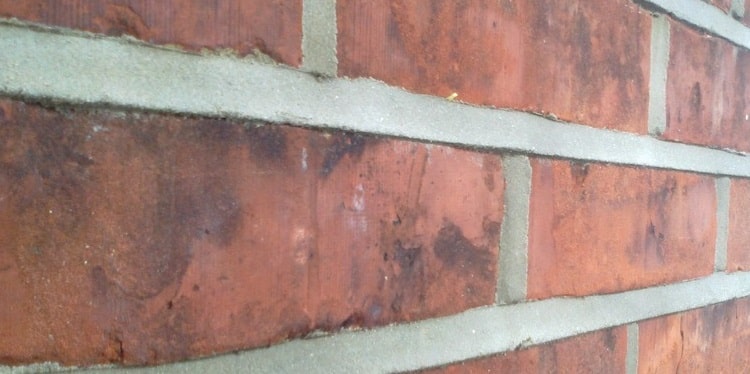
BUCKET HANDLE
Known as the bucket handle style because of its curvature, this pointing creates a groove indent in the mortar. It is created using a keying tool or the curved end of a small tool. This is another common technique and offers a better-looking finish when applied to both vertical and horizontal lines. Bucket Handle style pointing offers added protection to the joint by creating a deeper and wider channel for mortar. However, it can be more susceptible to cracking and damage over time.
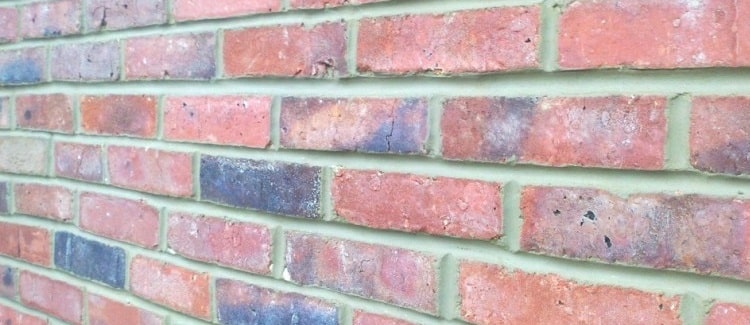
TUCK

STONE REPOINTING

Service Gallery
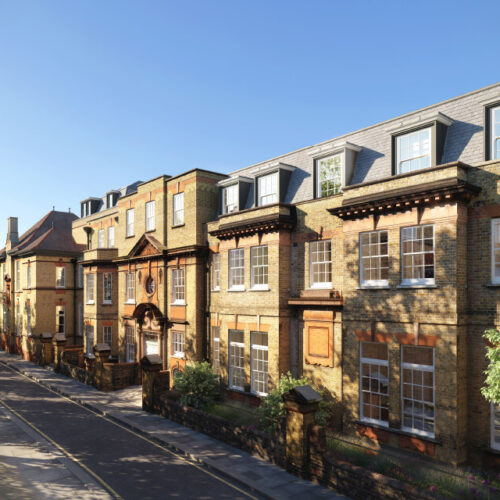
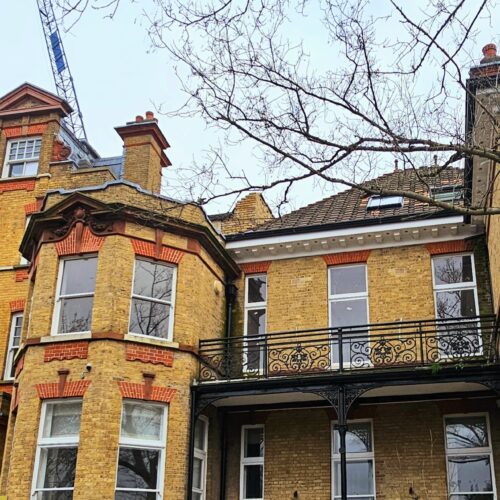
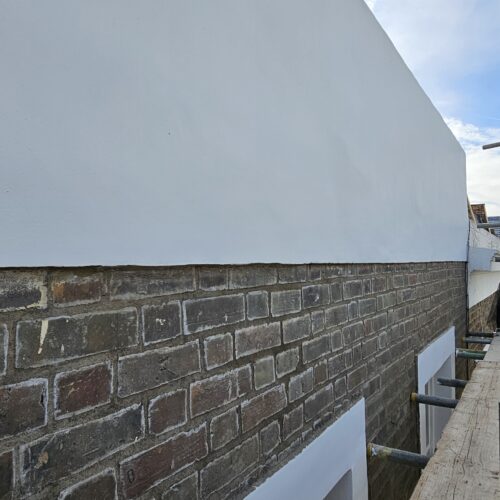
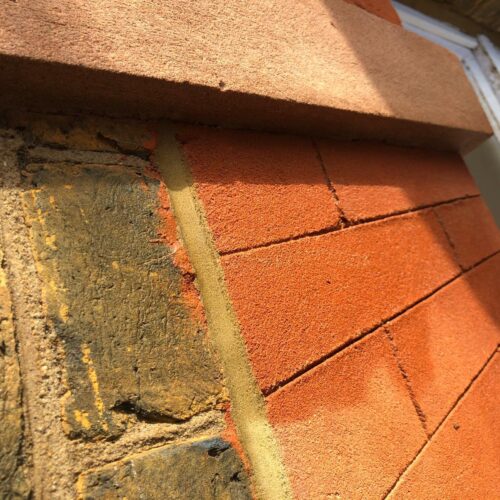
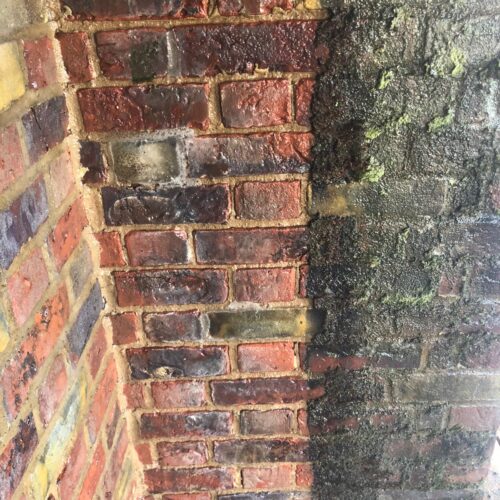
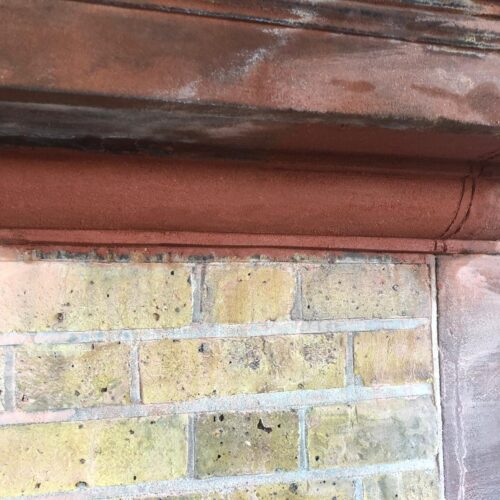
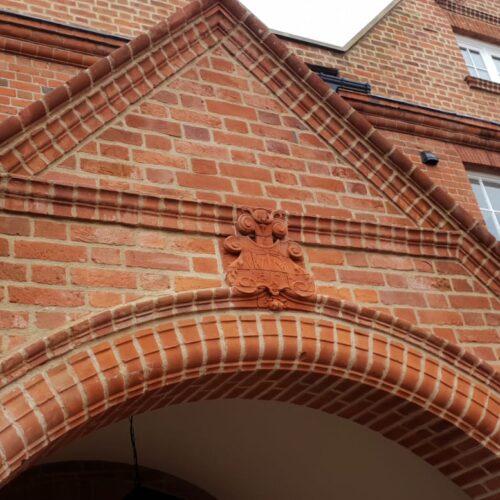
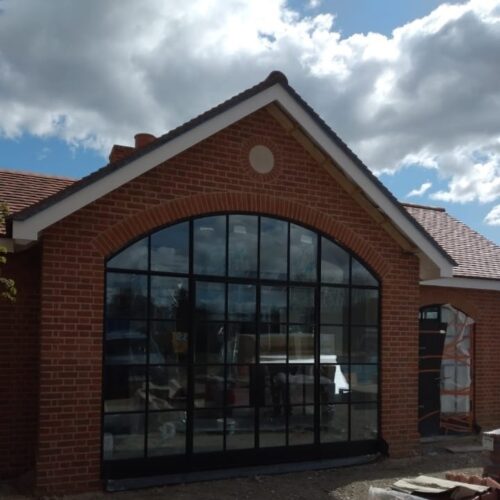
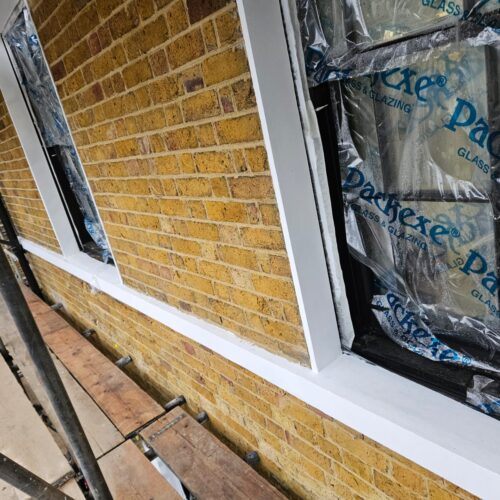
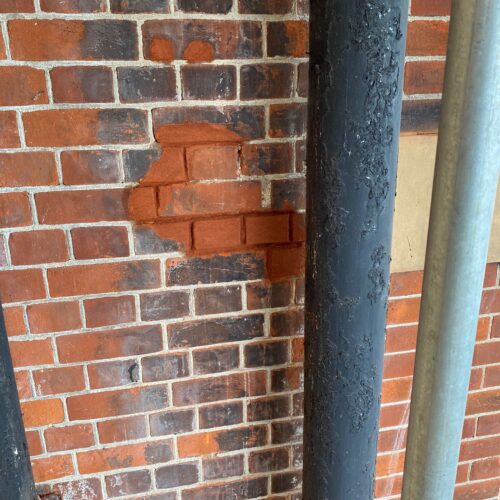
Projects you might be interested in
11 LANCASTER ROAD
ONE QUEEN ANNE'S GATE
RICHMOND SQUARE
SUNNINGDALE GARDENS

Contact Details
- Market Square, Waltham Abbey Essex, EN9 1DL.
- [email protected]
- 02035765866